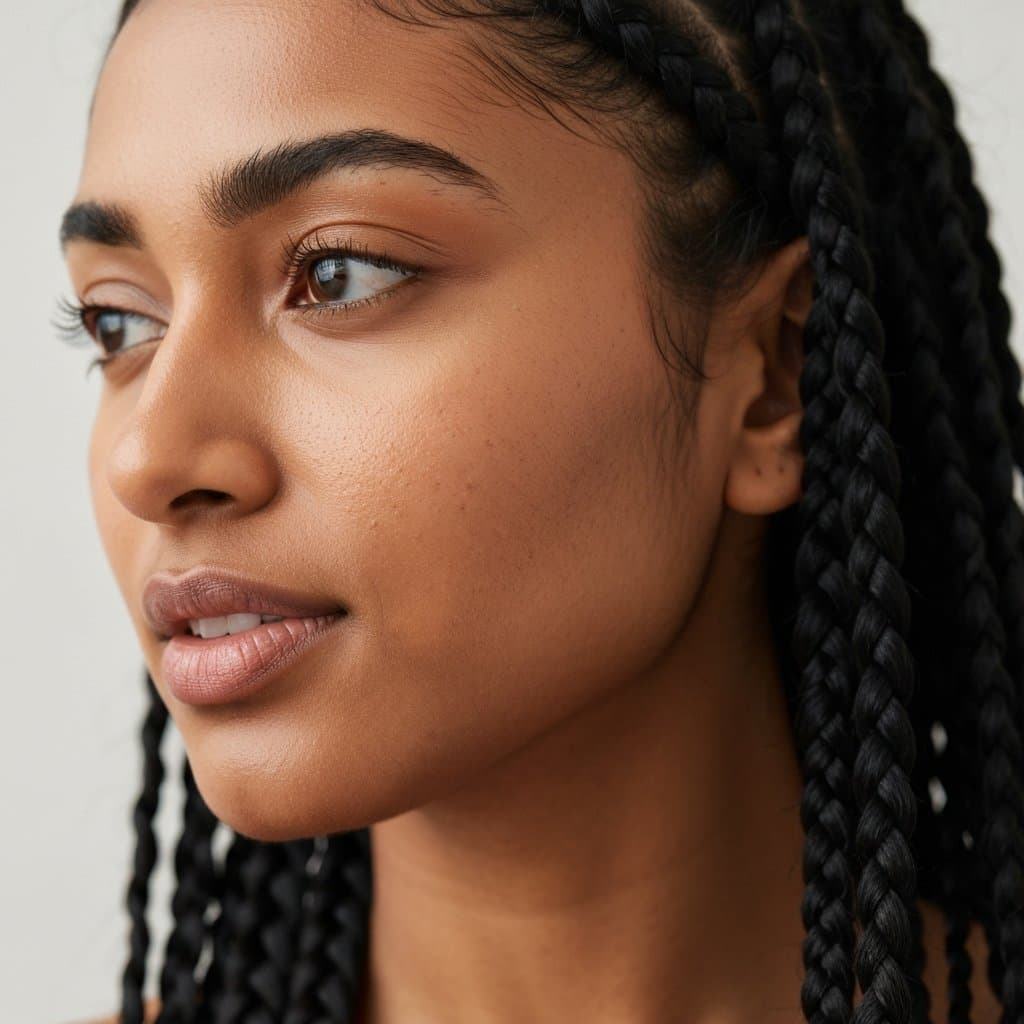20 Braided Hairstyles for Every Skill Level | From Simple to Intricate
The Timeless Allure of Braids: A Style for Everyone
Braided hairstyles have graced cultures for millennia, evolving from practical solutions to intricate works of art. Their enduring appeal lies in their incredible versatility; a braid can be casual and playful, elegant and sophisticated, or bold and edgy. Whether you're a complete novice who has just mastered the basic three-strand plait or an experienced enthusiast looking for your next challenge, there is a world of braided hairstyles waiting for you. This comprehensive guide will walk you through 20 distinct styles, carefully categorized by skill level, to help you on your creative hair journey.

From the foundational French braid that serves as a building block for countless other styles to the show-stopping complexity of an infinity weave, we will explore the techniques that make each look unique. Understanding these braided hairstyles not only expands your personal styling repertoire but also gives you the language to communicate exactly what you want during your next salon visit. Prepare to unlock your potential and transform your hair into a canvas for beautiful, woven masterpieces.
Beginner Braids: Mastering the Basics (Styles 1-5)
Every great journey begins with a single step, and in the world of braiding, that step is mastering the fundamentals. These five styles are the essential building blocks upon which all other intricate braids are built. Don't underestimate their simplicity; when executed well, these classic braided hairstyles are timelessly chic and perfect for any occasion. Focus on achieving clean parts, even tension, and a smooth finish. Practice is key, so don't be discouraged if your first few attempts aren't perfect. These styles are designed to help you develop muscle memory and the dexterity needed for more complex weaving.
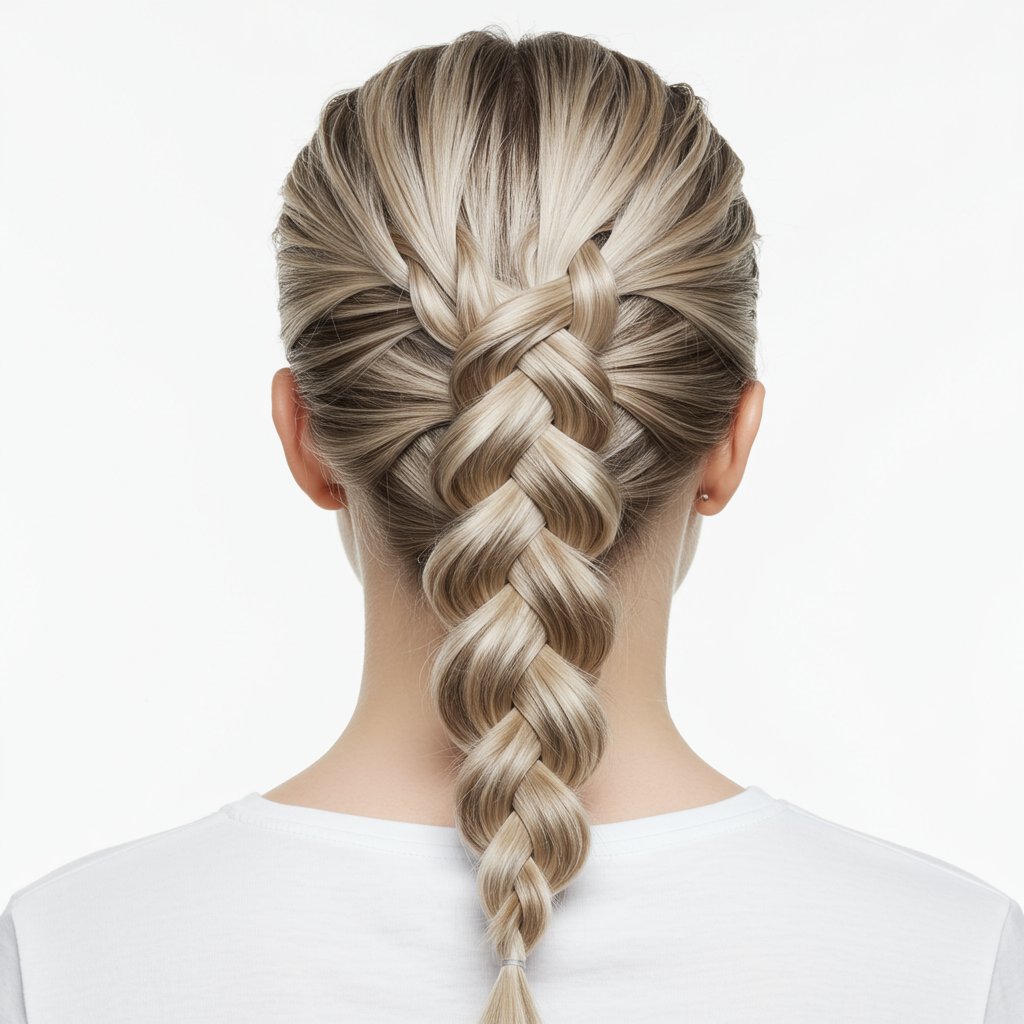
Once you feel confident with these foundational techniques, you'll be surprised at how easily you can adapt and combine them. A simple side braid can elevate a casual look, while classic pigtails can be both youthful and stylish. The French and Dutch braids, in particular, are gateways to an endless variety of updos and more elaborate designs. Spend time perfecting these core skills, and you'll have a solid foundation for a lifetime of beautiful braiding.
Styles for the Novice:
- Classic Three-Strand Braid: The one that started it all. Simply divide a section of hair into three equal strands and cross the outer strands over the middle one repeatedly.
- French Braid: An elegant classic where you begin with three small strands at the hairline and gradually add more hair to the outer strands as you braid down the head.
- Dutch Braid (or 'Inside-Out Braid'): The reverse of a French braid. Instead of crossing the outer strands over the middle, you cross them under. This makes the braid pop from the head for a 3D effect.
- Pigtail Braids: A playful and symmetrical style using any basic braid (three-strand, French, or Dutch) on two evenly divided sections of hair.
- Simple Side Braid: A relaxed, often romantic style where all the hair is gathered to one side and woven into a single braid, typically a three-strand or fishtail.
Adventurous Beginner: Adding a Twist (Styles 6-10)
Once you're comfortable with the basics, it's time to add a little flair. This next set of braided hairstyles introduces new textures and techniques that look impressive but are surprisingly achievable for someone who has the fundamentals down. These styles often involve slight variations on the core braids or introduce a new weaving pattern that requires a bit more coordination. The key here is to build upon your existing skills, focusing on how a small change in technique can create a dramatically different result.
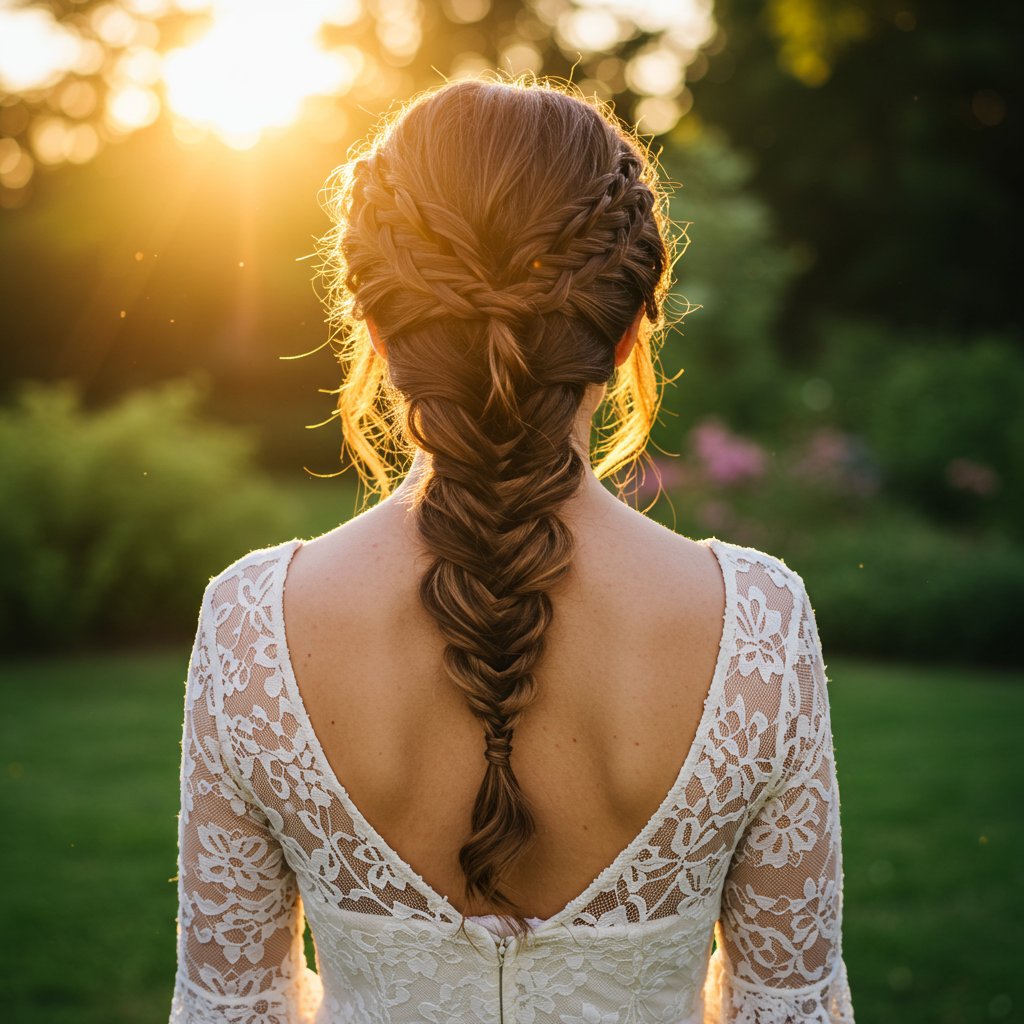
The fishtail braid, for example, creates a beautiful herringbone pattern that looks far more complicated than it is. A crown braid transforms a simple Dutch or French braid into an elegant updo, perfect for special events. This level is all about building confidence and realizing that intricate-looking styles are within your reach. Experiment with these braids to see how different patterns and placements can completely change your look.
Styles for the Growing Enthusiast:
- Fishtail Braid: A beautiful, intricate-looking braid that only uses two strands. You simply take a small piece from the outside of one strand and cross it over to the inside of the other, alternating sides.
- Rope Braid: A chic and simple two-strand twist. Divide hair into two sections, twist each section in the same direction, and then wrap them around each other in the opposite direction.
- Crown Braid: A romantic updo where one or two long braids (usually French or Dutch) are wrapped around the head like a halo or crown and pinned in place.
- Half-Up Braids: A versatile style where the top section of hair is braided, leaving the rest to flow freely. This can be done with French, Dutch, or fishtail braids.
- Accent Braids: Small, thin braids used to add detail and texture to a hairstyle. Think tiny braids framing the face or hidden within loose waves.
Intermediate Artistry: Weaving with Confidence (Styles 11-15)
Welcome to the next level of braiding artistry. The intermediate stage is where you truly begin to play with dimension, texture, and complex patterns. These braided hairstyles require more patience, precision, and hand-eye coordination than the previous tiers. You'll be working with more strands, incorporating new elements like ribbons, and creating designs that flow and interact with the rest of your hair in dynamic ways. The waterfall braid is a perfect example, creating a cascading effect that is both ethereal and stunning.
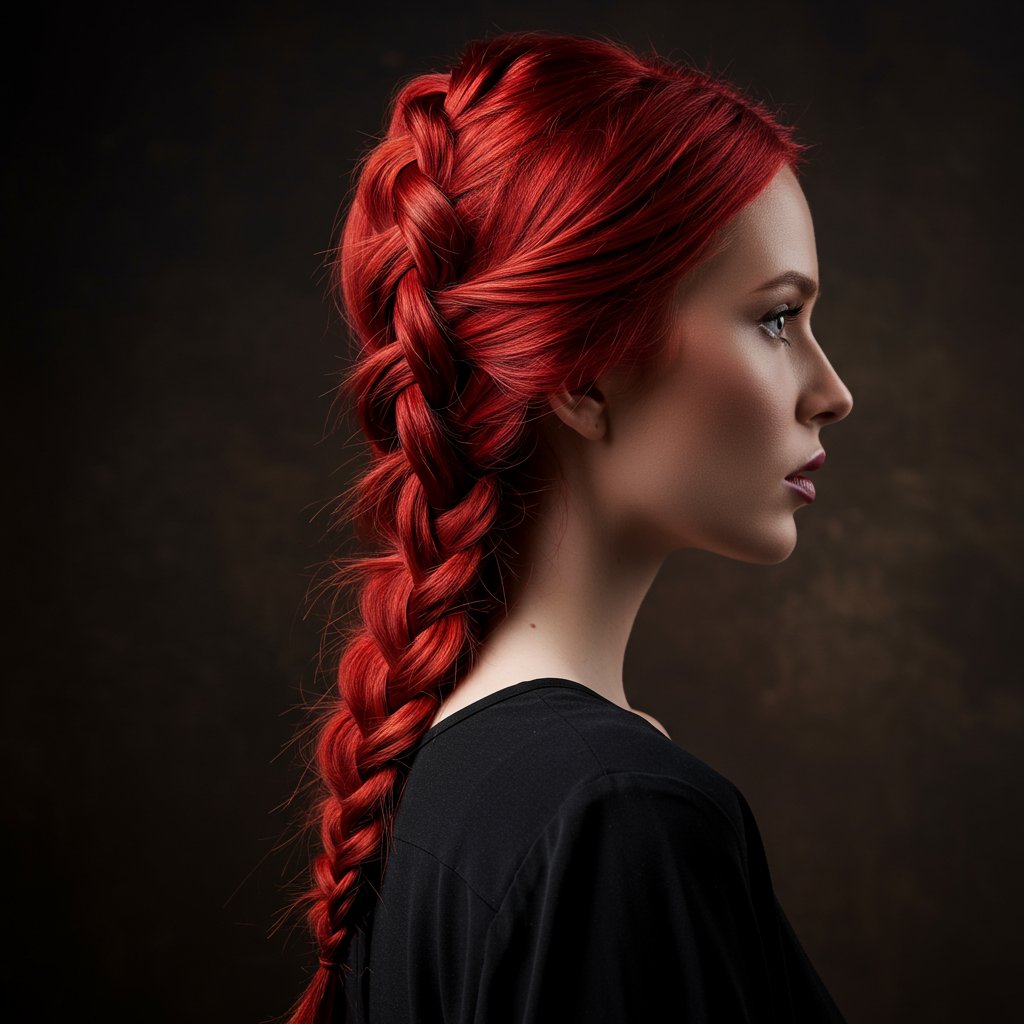
This is also where techniques like 'pancaking'—gently pulling on the edges of a finished braid to make it appear fuller and more voluminous—become essential for achieving a professional, polished look. Mastering these styles will firmly establish your reputation as a skilled braider. They are perfect for making a statement at weddings, proms, or any event where you want your hair to be the star of the show. Your confidence with foundational braids will be your greatest asset as you tackle these beautiful challenges.
Styles for the Skilled Hand:
- Waterfall Braid: A stunning braid that works horizontally across the head. It's like a French braid, but you drop the bottom strand after each weave and pick up a new piece of hair, creating a cascading 'waterfall' effect.
- Four-Strand Braid: This braid introduces a fourth strand, creating a rounded, more complex-looking weave. It’s a great introduction to multi-strand braids.
- Pull-Through Braid: A faux braid that creates incredible volume. It’s made by stacking ponytails, pulling them through each other, and securing with elastics.
- Milkmaid Braids: Similar to a crown braid, but typically made with two simple three-strand braids that are crossed over the top of the head and pinned.
- Lace Braid: Essentially a one-sided French braid. You only add new hair to one side of the braid (usually the top side), creating a delicate, lace-like edge that works beautifully along the hairline.
Advanced & Intricate: The Ultimate Braid Challenge (Styles 16-20)
For those who have mastered the intermediate styles and are hungry for a true challenge, the advanced category offers the pinnacle of braiding intricacy. These braided hairstyles are often seen on runways, in high-fashion editorials, or created by professional stylists for special events. They demand exceptional dexterity, patience, and a deep understanding of structural balance. Working with five or more strands, creating woven patterns, and maintaining perfect tension are the hallmarks of this level.
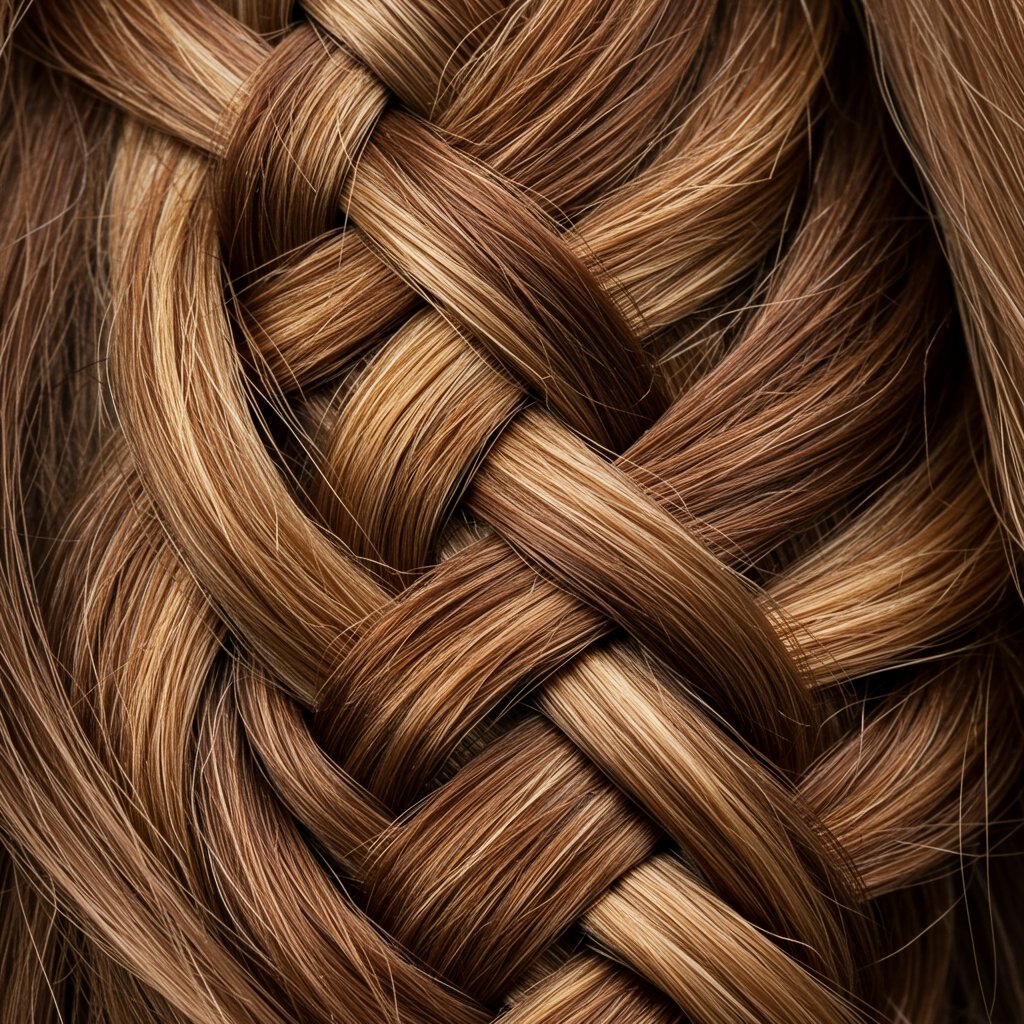
These styles are true works of art. The infinity braid creates a seamless figure-eight pattern, while the basket weave gives the illusion of hair being woven like fabric. Success with these braids is incredibly rewarding and showcases a true mastery of the craft. While they can be attempted at home, achieving a flawless finish often benefits from the expertise found at a professional hair salon, where stylists have the training and experience to execute these complex designs perfectly.
Styles for the Braid Master:
- Five-Strand Braid: A wide, flat, and highly intricate braid that creates a stunning woven pattern. It requires significant coordination to manage all five strands.
- Infinity Braid: A mesmerizing two-strand braid where a small piece of hair is continuously woven around the two main strands in a figure-eight pattern.
- Basket Weave Braid: A complex technique that involves weaving multiple small sections of hair over and under each other to create a pattern resembling a woven basket. This often forms the base of an elegant updo.
- DNA Braid: A unique braid that mimics the double helix structure of DNA. It’s a variation of the fishtail braid that creates a stunning spiral effect.
- Zipper Braid: An incredibly complex and tight braid that runs down the center of the head, created by looping small strands of hair through each other to resemble a zipper.
Tools of the Trade: Your Braiding Toolkit
Achieving the perfect braid isn't just about technique; it's also about having the right tools on hand. A well-stocked toolkit can mean the difference between a messy, frustrating attempt and a smooth, polished result. Before you begin any braided hairstyle, gather your essentials to ensure a seamless process. Start with a good foundation: a detangling brush or wide-tooth comb to remove any knots and create a smooth canvas.
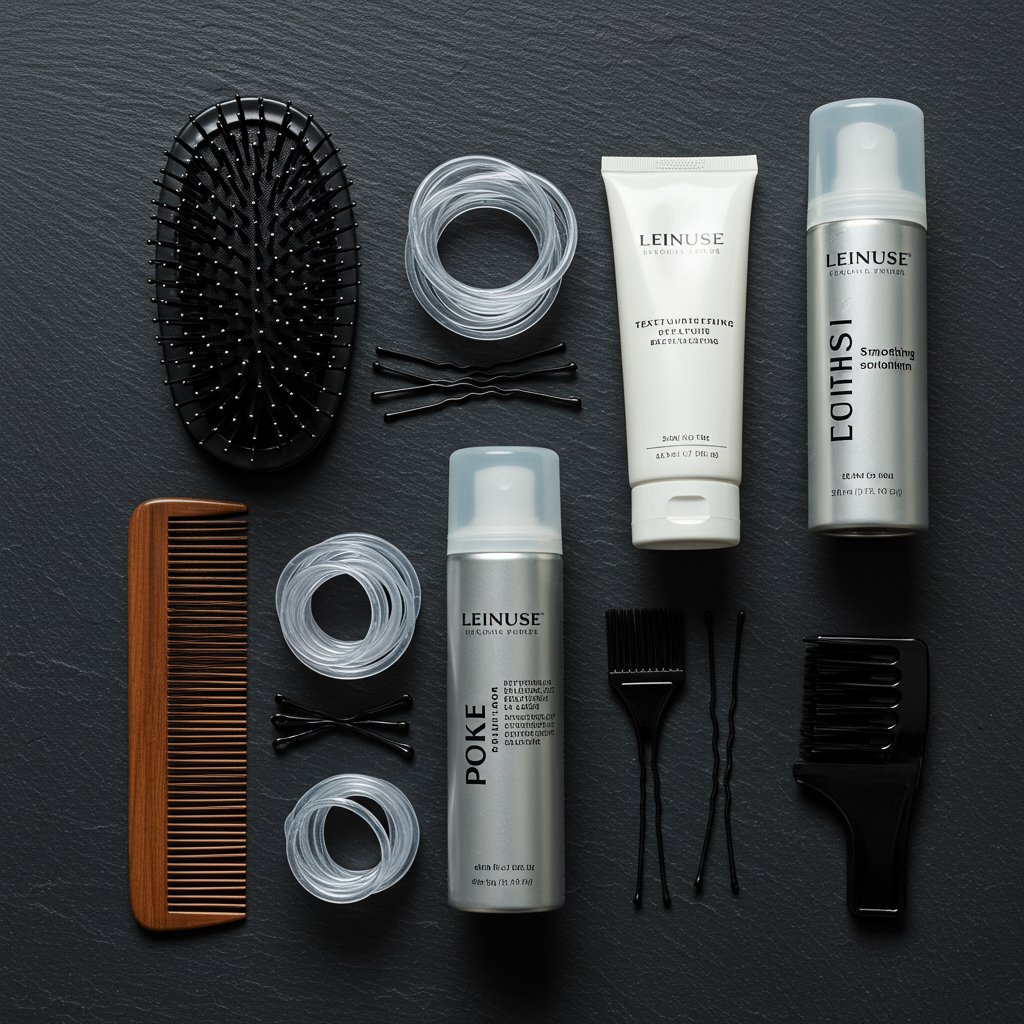
A rat-tail comb is invaluable for creating the clean, precise partings that are crucial for styles like French, Dutch, and basket weave braids. For securing your creations, you'll need a variety of elastics. Small, clear elastics are perfect for finishing off braids discreetly, while larger hair ties are useful for sectioning hair. Bobby pins and U-pins are essential for securing updos like crown braids and milkmaid braids, helping to tuck away ends and hold everything firmly in place. Finally, don't forget styling products. A light-hold hairspray can tame flyaways, a texturizing spray can add grip to slippery hair, and a smoothing serum can add shine for a flawless finish.
Pro Tips for Flawless, Long-Lasting Braids
Beyond technique and tools, a few professional secrets can elevate your braided hairstyles from good to great. First, preparation is everything. Braids hold best on hair that isn't freshly washed. The natural oils in second-day hair provide more grip and texture, preventing the braid from slipping. If your hair is too clean or silky, apply a texturizing spray or a light dusting of dry shampoo at the roots to create some grit.
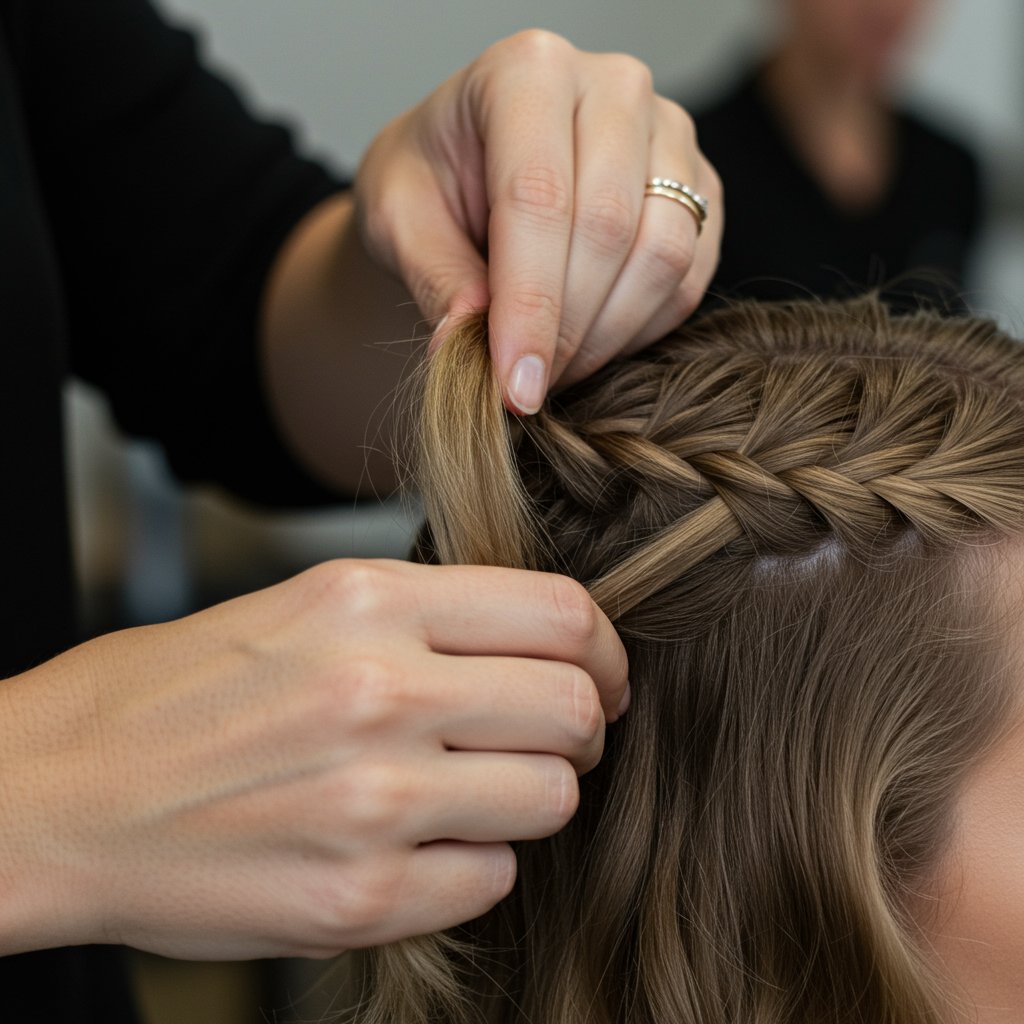
To achieve volume, master the art of 'pancaking'. Once your braid is secured, gently pull on the outer loops of each weave, starting from the bottom and working your way up. This expands the braid, making it look significantly thicker and fuller. To control frizz and flyaways, apply a small amount of pomade or smoothing cream to your fingertips before you start braiding. This will keep the sections clean and defined. For braids that last overnight, consider sleeping on a silk or satin pillowcase to reduce friction and frizz. A light mist of flexible-hold hairspray will set your style without making it feel stiff or crunchy, ensuring it looks beautiful all day long.
FAQ: Your Braiding Questions Answered
Even with a guide, questions are bound to arise on your braiding journey. Here are answers to some of the most common queries to help you troubleshoot and perfect your technique.
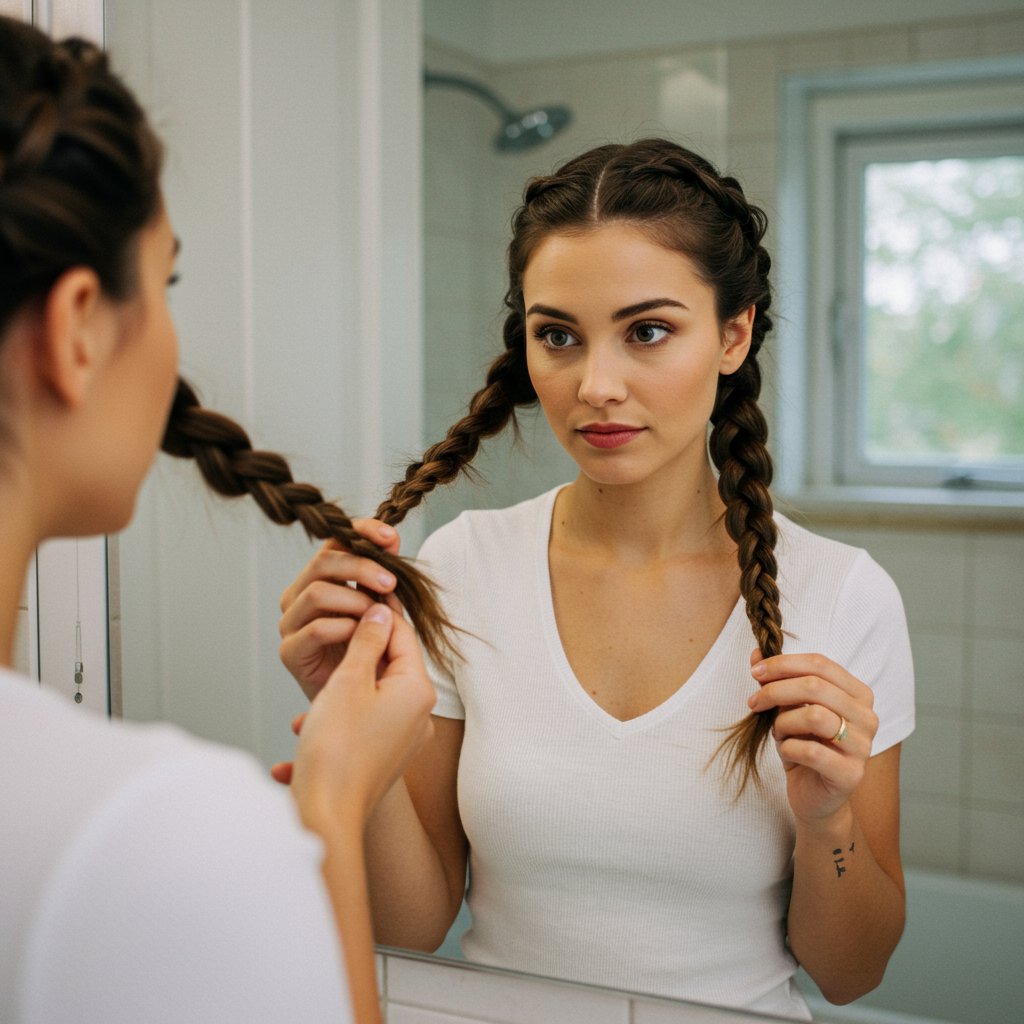
How can I make my fine hair look thicker in braids?
This is where 'pancaking' is your best friend! After securing your braid, gently tug on the outermost edges of each section. This loosens and widens the braid, creating the illusion of much fuller hair. Also, starting with a texturizing spray can add grit and volume before you even begin.Should I braid my hair when it's wet or dry?
It depends on the desired result. Braiding wet hair will result in a much tighter, sleeker braid that will set into defined waves when you take it out. Braiding dry hair generally allows for more volume and a softer, more romantic look. For intricate styles, dry hair is usually easier to work with.How do I stop my layers from poking out of my braids?
This is a common challenge. Before braiding, work a small amount of pomade or styling wax through your hair to help the shorter layers stick to the longer ones. For French and Dutch braids, try to keep your sections clean and angle them downwards as you add them into the braid. A few strategically placed bobby pins can tuck in any stubborn pieces once you're done.What's the best way to sleep with braids to make them last?
To preserve your braided hairstyle overnight, a silk or satin scarf or bonnet is ideal. This minimizes friction that causes frizz and loosens the braid. Alternatively, sleeping on a silk pillowcase can provide a similar benefit. For long braids, you can gently coil them into a loose bun on top of your head.My arms get tired during complex braids. Any tips?
This is completely normal! Take breaks. If you're doing a complex style like a French or Dutch braid, you can pause after a few weaves and hold the braid in place with one hand while you rest the other. Propping your elbows on a counter or table can also provide support and reduce arm fatigue.How do I start a French or Dutch braid without a 'bump' at the top?
To avoid that initial bump, start with a very small, flat, and tight first section right at your hairline. Make sure the first three strands you pick up are equal in size and that your first weave (crossing the strands over or under) is firm and close to the scalp. This creates a secure anchor for the rest of the braid.
Conclusion: Embrace Your Inner Braid Artist
From the effortless charm of a simple side plait to the breathtaking complexity of a five-strand weave, braided hairstyles offer a universe of creative expression. This guide has equipped you with the knowledge to tackle 20 distinct styles, empowering you to progress at your own pace and build a versatile skill set. Remember that every master was once a beginner; patience and practice are your most valuable tools.
Don't be afraid to experiment, combine techniques, and make these styles your own. The beauty of braiding is its adaptability—it can be tailored to any hair type, length, and occasion. For those truly intricate designs or when preparing for a milestone event, seeking the expertise of a professional stylist can ensure a flawless, long-lasting result. Whether you're styling your hair at home or collaborating with a pro, we encourage you to embrace the artistry of braiding and wear your woven creations with confidence.

